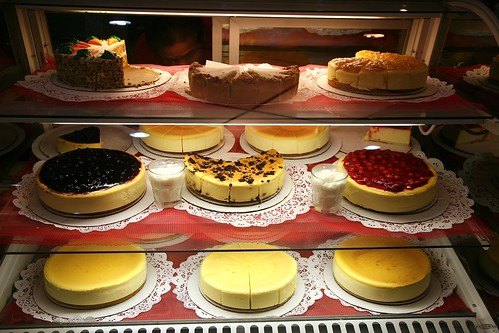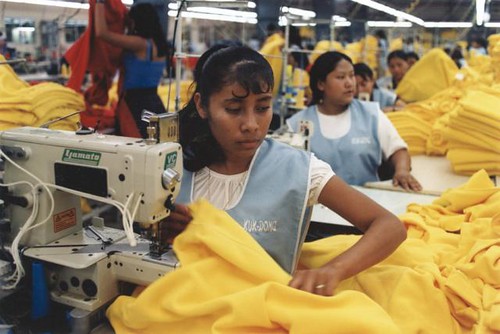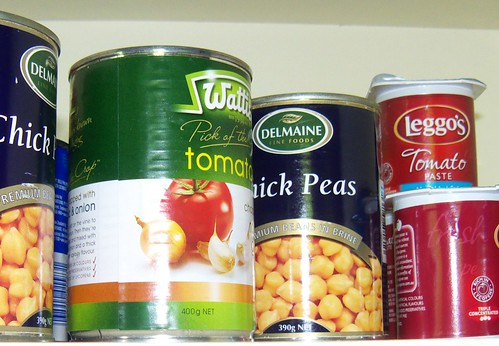|
by Linda St.Cyr, Contributing Writer
July 30th is National Cheesecake Day! The Cheesecake Factory celebrated by unveiling their newest cheesecake, Reese’s (R) Peanut Butter Chocolate Cheesecake, which will support Feeding America. Season 9 American Idol Finalist joined in the unveiling and were proud to help support the nation’s largest hunger relief organization.
Janet Scardino, President of commercial, 19 Entertainment said of the partnership, "In addition to serving great cheesecake, The Cheesecake Factory believes in giving back to their communities. The Idols and I are so passionate about the work that Feeding America does to help feed hungry Americans, and we're thrilled that this new cheesecake will benefit them." On July 30th, The Cheesecake Factory will be offering its dine-in guests the option to purchase a slice of one of their 30 plus flavored cheesecakes at half-price. Each slice sold will go to benefiting Feeding America. In the past, The Cheesecake Factory has donated over $1.2 million dollars to the organization in an effort to help end hunger. The Cheesecake Factory will donate the equivalent of 3.5 million meals on National Cheesecake Day through the sale of the newest cheesecake slices. According to Feeding America’s main website, one dollar provides 7 meals for hungry people across the nation. Feeding America serves over 37 million people a year through food banks and Network programs including Kids Cafe, Disaster Relief, National Produce Program and the BackPack Program. Support Feeding America by heading to The Cheesecake Factory and celebrating National Cheesecake Day. You will be feeding the hungry with each delicious slice. If cheesecake isn’t an option, you can head go to Feeding America’s website and use the interactive guide to find a food bank near you to donate food goods or you can make a monetary donation. Remember $1 equals 7 meals for those who are hungry.
0 Comments
by Michael Thompson, Contributing Writer
Wal-Mart stores have been selling red-white-and-blue T-shirts that were especially popular prior to the Fourth of July. They display a map of the U.S.A., awkwardly patterned with the Stars & Stripes obliterating the Pacific Northwest. They are a real bargain at only $2, although they give an appearance that the map and the flag may fade quite quickly when washed, after all, the name of the manufacturer is “Faded Glory.” Is that a metaphor for how these sweat-shop cheap imports are contributing to global poverty? The shirts are made in Guatemala, by workers who earn an average of 53 cents an hour.
According to the organization Globalization and the Poor, average Third World hourly wages for apparel workers are 13 cents in Bangladesh, 26 cents in Vietnam, 34 cents in Indonesia, 44 cents in China, 49 cents in Haiti, and 75 cents in Nicaragua. This makes average pay in places like El Salvador ($1.38) and the Dominican Republic ($1.62) seem downright lucrative. Some globalization apologists argue that U.S. companies actually are paying more than domestic manufacturers in the Third World, and that if the Americans were to pull out, global poverty would become even more severe. There’s a solution, according the group Global Watch – an international minimum wage. All sorts of trade agreements are governed under the World Trade Organization. Why not this? And the next time you see an item or a product that displays a U.S. flag, check the label! SOURCES http://www.independent.org/publications/working_papers/article.asp?id=1369 http://www.thirdworldtraveler.com/Reforming_System/TimeLivingWage.html
by Michael Thompson, Contributing Writer
With your giving spirit, you may have had the following experience:
A local food pantry announced a fund-raiser, or generates publicity because in hard times, they are running out of food. So with your helping heart, you head for the supermarket, purchase a tray of canned string beans, and haul them to the pantry. You could have just given them the money you spent. Leader of Feeding America, formerly America's Second Harvest, explains that regional food operations that support local pantries can transform a $1 gift into $15 worth of food. This is accomplished by obtaining surplus food from the government, or from brand-name companies. If Kellogg's produces more boxes of corn flakes than Kellogg's can sell, for example, the surplus is obtained by the Feeding America operation. Food pantries always welcome donations of canned goods and other perishable items. Your thoughts are what count. Just don't get any false impressions that you are selling them short by giving cash. Actually, you are selling them long. |
Speak Up!
Archives
July 2018
Categories
All
|
- Brand Shamans
- Brand Healing
- Inner Healing
-
INTENT-SIVE NATURE
- Content & Brand Elevation
- Healing Jewelry & Talismans
- Bath, Beauty, & Self-Care
- Healing Sessions
- Rituals, Herbs, & Altar Supplies
- Gawwwdess Baby Boutique
- Soul Flame Gifts
- Yoga & Meditation
- Books & Media
- Education & Homeschool Resources
- Home, RV, & Decor
- Clothing
- Pets
- Custom Orders
- Monthly Subscription Boxes
- October Festivals
- FLOW-Key Parenting
- About & Contact
- RV, Nature, & Travel Shamans
- Souls Within
- Life & Home
- Heart 'N Mind Homeschool
- The Homeschooling Mommy
- Books & Authors
- Speak Up!
- Pawsitive Pet Parenting
- Manifesterz
- Gifts In Minutes
- Brand Shamans
- Brand Healing
- Inner Healing
-
INTENT-SIVE NATURE
- Content & Brand Elevation
- Healing Jewelry & Talismans
- Bath, Beauty, & Self-Care
- Healing Sessions
- Rituals, Herbs, & Altar Supplies
- Gawwwdess Baby Boutique
- Soul Flame Gifts
- Yoga & Meditation
- Books & Media
- Education & Homeschool Resources
- Home, RV, & Decor
- Clothing
- Pets
- Custom Orders
- Monthly Subscription Boxes
- October Festivals
- FLOW-Key Parenting
- About & Contact
- RV, Nature, & Travel Shamans
- Souls Within
- Life & Home
- Heart 'N Mind Homeschool
- The Homeschooling Mommy
- Books & Authors
- Speak Up!
- Pawsitive Pet Parenting
- Manifesterz
- Gifts In Minutes




 RSS Feed
RSS Feed




